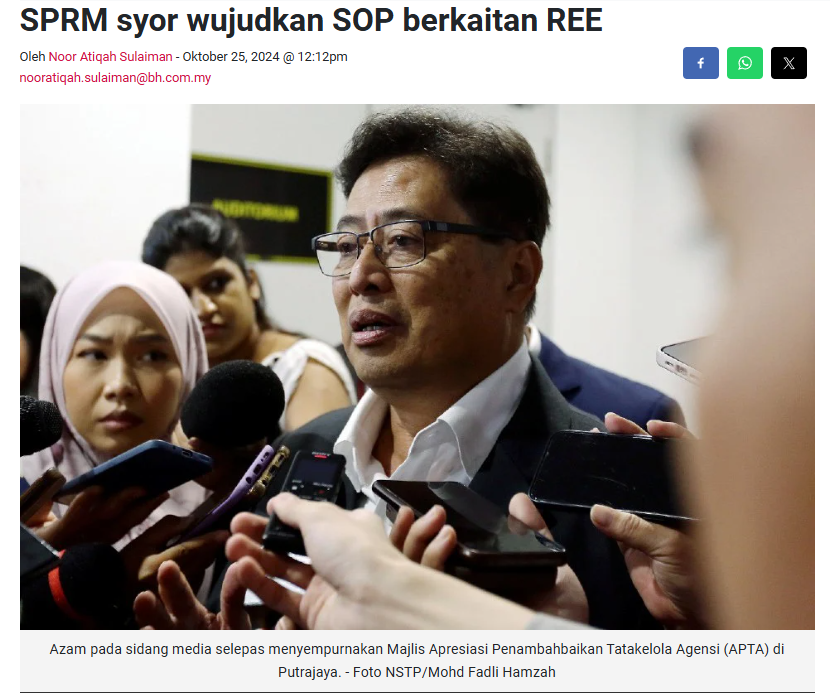
SHAH ALAM - Kerajaan negeri Selangor mengesahkan kawasan tapak perumahan dekat tapak tanah runtuh di lereng bukit Jalan E6 Taman Melawati, Ampang selamat untuk dihuni.
Menteri Besar, Datuk Seri Amirudin Shari berkata, pihak Majlis Perbandaran Ampang Jaya (MPAJ) telah membina dinding sementara di kawasan terjejas bagi mencegah kejadian sama berulang.
"Kerajaan negeri sudah mendapat laporan mengenainya, kita sudah dimaklumkan bahawa tapak tersebut selamat (dan) disebabkan itu semua penduduk yang dijangka terkesan dibenarkan pulang.
"Pihak MPAJ telah membina dinding sementara dan sekiranya berlaku gelongsoran tanah semula ia tidaklah memberi kesan seburuk pada minggu lepas," katanya ketika ditemui pada Majlis Penyerahan Aset Khemah TM 'Tactical Shelters' kepada Polis Selangor di sini pada Khamis.
Hadir sama, Ketua Polis Selangor, Datuk Hussien Omar Khan.
Media pada minggu lalu melaporkan, kawasan tanah runtuh Taman Melawati adalah antara lokasi berisiko yang disenaraikan MPAJ.
Lokasi tanah runtuh di lereng bukit Jalan E6 Taman Melawati itu juga merupakan satu daripada 114 kawasan yang berisiko atau 'hotspot' berlaku bencana seumpama itu di Ampang Jaya.
Sementara itu, mengulas mengenai majlis tersebut, Amirudin berkata, kerajaan negeri menyerahkan tiga khemah khas pos kawalan tempat kejadian (PKTK) kepada Ibu Pejabat Polis Kontinjen (IPK) Selangor dalam usaha meningkatkan kesiapsiagaan menangani bencana.
Jelasnya, khemah-khemah itu direka untuk menjadi pusat kawalan operasi di lokasi bencana yang membantu pasukan keselamatan menyelaraskan tindakan dengan lebih cekap dan tersusun.
"Dilengkapi dengan teknologi terkini, khemah PKTK akan berfungsi sebagai pusat koordinasi yang efisien dalam operasi mencari dan menyelamat, serta membantu dalam penyelarasan logistik dan komunikasi di kawasan bencana.
"Penyerahan khemah ini adalah salah satu daripada langkah proaktif diambil kerajaan negeri Selangor untuk memastikan agensi keselamatan mempunyai peralatan dan sumber keperluan asas mencukupi bagi menghadapi situasi bencana tahap satu, dua dan tiga.
Tambahnya, ia selaras dengan Arahan Agensi Pengurusan Bencana Negara (Nadma) No. 1: Dasar dan Mekanisme Pengurusan Bencana Negara.
"Kita sedar bahawa bencana boleh berlaku bila-bila masa, dan adalah menjadi tanggungjawab kita untuk memastikan pasukan keselamatan dilengkapi dengan alat dan kemudahan yang terbaik.
"Dengan adanya khemah PKTK ini, saya yakin bahawa operasi di lapangan dapat dijalankan dengan lebih tersusun dan efisien," ujar beliau lagi.











